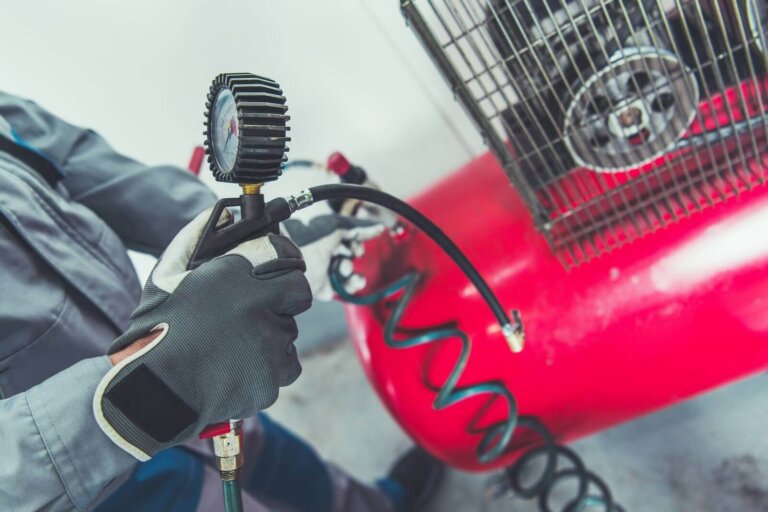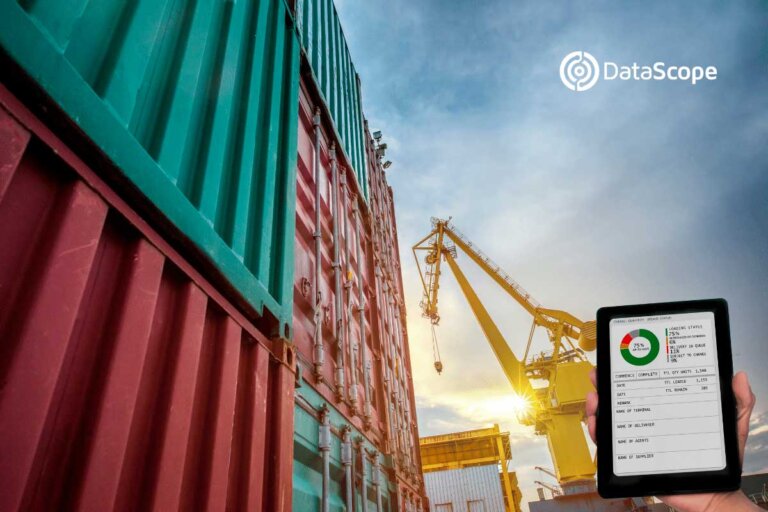In a context where speed of action and cost savings are essential for competitiveness and market positioning, this tool emerges as the precise answer to ensure operational continuity in the assets of modern strategic companies.
Every modern company or organization bases its efficiency and agility on equipment that requires constant attention. Any failure, no matter how small, can cause a stop in its operational continuity, with the consequent loss of opportunities, customers or contracts.
A “luxury” that no entity is in a position to afford, considering the current scenario of uncertainty, challenges and vulnerabilities that surrounds our most strategic economic activities.
In this context, the best tool to take care of these assets in an agile and efficient way, and ensure business competitiveness, is Condition-Based Monitoring/Maintenance or CBM.
This practice allows to monitoring the equipment in real time, in order to take quickly actions in the event that we can detect any deviation or anomaly in its operating parameters.
CHARACTERISTICS
Condition-Based Monitoring/Maintenance is a methodology aimed at detecting and analyzing data in real time, which allows a more effective inspection of the performance or condition of an equipment.
Its objective is to monitor the performance of assets in order to act immediately on any dangerous oscillation, failure or potential risk.
Through its application, professional teams or those in charge of maintenance tasks of a company can identify and correct problems, before the failure grows and affects more sectors.
This methodology allows the technical team to execute any specific maintenance work at the precise moment that the sensors indicate the presence of a failure or an imminent technical contingency. In fact, CBM name refers precisely on the constant monitoring of the real condition of the asset. Situation that also avoids the more unnecessary and expensive preventive maintenance procedures.
To execute the correct CBM strategy, it is necessary to have a network of indicators and sensors capable of measuring various operational variables such as, for example, oil levels, water, temperature and pressure, among other important indicators for the operation of a team.
From this scheme of work, a maintenance operator might notice that, suddenly, the readings of a sensor located in an oil pump show a sudden drop in pressure. This would indicate, consequently, that some component failed and requires the immediate technical intervention of the team in charge.
OPERATING PRINCIPLES
The correct practice of CBM maintenance implies the presence of certain specific technical attributes. These are the following:
– It is based on real-time monitoring of the condition of the equipment.
– It implies high technological investment.
– It is especially designed for companies or organizations that have critical equipment (that is, on which the production chain depends).
– Its main objective is to reduce or even eliminate unscheduled downtime.
– It is easier to apply if there are clear operating parameters (such as standard ranges to interpret normality or abnormality in the operation of machinery).
– Highly trained technical personnel are required to monitor, read and interpret the data collected by the sensor network.
FUNCTIONING
Every CBM process consists of three clearly specified and differentiated operational stages:
1. Data capture by sensors
Sensors are the central component of this maintenance network. Its role is to review the conditions of the equipment, and permanently monitoring conditions such as vibration, temperature and pressure. Therefore, they also require constant care and revision, because if they fail, it will not be possible to apply the CBM method.
These sensors are supplied generally by the same original equipment manufacturer. For example, they could be integrated into the machine, or purchased after installation.
The most common condition monitoring sensors are:
– Accelerometers: measure vibration, speed and displacement.
– Infrared cameras: detect heat and show the results in a thermal image.
– Fluid status sensors: measure the status of fluids, such as motor oil.
– Level gauges: monitor the level of a liquid, such as coolant.
– Pressure sensors: measure the pressure of liquids and gases.
– Ammeters: measure the current in a circuit.
2. Transmission of data and alerts
When a sensor discovers an operating parameter outside its normal operating range, it issues a predesigned alert. This reaches the operator and indicates him to proceed in the event of a contingency.
These alarms can have multiple settings, such as a light on a dashboard, an audible signal or a limited power outage, among other options.
The use of specialized maintenance software associated with a CBM strategy even allows these alerts systems to send a signal to the customer’s mobile devices, in the form of messages or visual and audible alarms. This accelerates the response capacity, and allows to made strategic decisions with greater agility and efficiency.
3. Performing maintenance
The last step, after receiving the alarms transmitted by the system, consists of analyzing and repairing the anomaly detected by the sensors.
We must complement this action by the application of a standard procedure guide, as used, for example, in aircraft experiencing an emergency in flight. This operating manual came from a list of common failures, which could also be expand and complement by the experience obtained on the field.
In this way, we can have a systematic instruction manual to solve each problem. This allows technicians to respond faster in the future, simplifying tasks, saving time and reducing the cost of operations.
ADVANTAGES AND DISADVANTAGES
The CBM maintenance strategy offers numerous operational advantages, especially to companies seeking to streamline their production chain. However, beyond the greater or lesser existence of positive and negative aspects, it is important to emphasize that, like any management tool, it is better adapted to some and not necessary to all organizations.
Its main advantages include:
– Timely use: It is applied only when necessary, which optimizes time and resources.
– Generates fewer interruptions in production: Some problems identified by the CBM criterion can be solved without stopping routine operations (such as an oil or filter change, for example).
– Reduces the probability of structural failures: As the monitoring sensors detect problems in real time, the team can respond with agility. This prevents the contingency from escalating in intensity.
– Minimizes asset downtime: A properly configured CBM system enables the maintenance manager to diagnose quickly potential causes of technical failures, thus speeding up response times.
In the other hand, the most characteristic disadvantages are:
– Expensive sensors: Buying, installing and maintaining them in good condition can be a very high investment for an SME. In these cases, it is more effective to define some key indicators, instead of installing an expensive network that measures and keeps everything under control.
– Demanding peak hours: If a serious contingency occurs, many sensors will issue alerts at the same time. In these cases, technical staff can be overwhelmed.
– Difficulty choosing sensors: They can be of various types, sizes and shapes, so it is necessary to do a preliminary analysis to determine which is the most appropriate for the company.
– Potential damage to the sensors: If they are located in complex or difficult-to-access areas, they may suffer breakdowns or malfunction problems. These cases often cause faulty readings that are just as or more dangerous than an actual fault.
– Required experience: The staff must have high technical knowledge, both to implement and keep the sensor network in operation, and to collect and interpret the data obtained.
WHEN TO USE IT?
This set of advantages and disadvantages allows us to conclude that the decision to use Condition-Based Monitoring/Maintenance depends directly on the cost-benefit ratio that each company expects to obtain.
This implies evaluating the risk involved in the failure of an asset, and comparing it with the cost of acquiring and implementing the CBM system.
We can practice this analysis from questions such as follows:
– What effects will potential failures have?
– How much does it cost to solve them?
– Is it more effective to repair the fault or constantly monitor the performance of the assets?
In this way, it can be determined that Condition-Based Monitoring/Maintenance is a tool especially designed for large organizations, with intensive use of assets, and prone to suffer high costs of repair and replacement of machinery.
Furthermore, if these types of organizations want to get the most out of a CBM strategy, they also need to configure a professional Maintenance Software. Through an application of these characteristics, it will be possible to manage in a more efficient, agile and effective way, the enormous volume of data that the sensors collect and contribute during the operational life of the equipment.
The use of these modern digital tools will also allow keeping a better record of the work carried out, as well as to generate and assign orders for maintenance or replacement of parts immediately. With all the advantages that this implies for competitiveness and market positioning.






